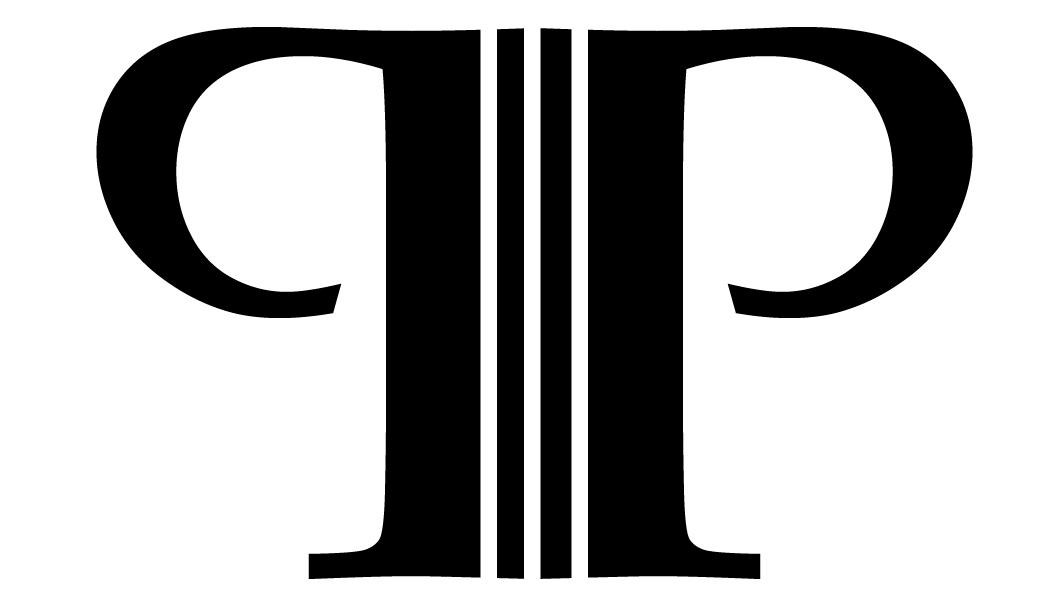There is a challenge for every cellist as she begins to traverse the path from early to mid level player. Most students begin their study with their hands in first position- aka- “the block”- The block helps with the understanding of hand position for whole and half steps. Because I like to minimize stress on the hands, it is my goal to move students out of the block as soon as their understanding is solid. Herein lies the challenge; it seems I put you into the block simply to move you out of the block!
Movement away from the block involves the introduction of vibrato. I like to talk about the physical aspects of vibration but also discuss the necessity of patience with the whole process. Vibrato is like a free-wheeling party guest - you can invite her but you can't predict when she will arrive. Working on vibrato can produce tension which, interestingly, is the anti-vibrato. Too much stress and the hand is not free to move and you will tend to create more of a tremor than vibrato. If you are working on this or any new technique and begin to feel aggravation, it is always best to put the cello down and take a break. When the desire to throw your bow abates - you are ready to return to work.
As you become more advanced in vibration technique, the notes that you are not vibrating will become more noticeable. When working in the block your hand stayed in that position, the balance point being the center of your hand. Now that you are vibrating finger to finger you want to have your balance point be over the finger being vibrated. Most of the center fingers are easily balanced, however, the first and fourth fingers are notoriously imbalanced. Moving away from the block naturally creates anxiety about moving your hand “free form”- understandably we feel safer with our hand in the block, the position that we first begin in. It is now that I begin to introduce the idea that your hand is always in motion. It may not be visible but flexibility in our left and right hand becomes more and more important as we begin to work with more difficult music.
Vibrato itself introduces more relaxation into the hand. If you work slowly through vibrating each finger you find that if you are able to focus on the offending imbalanced first and fourth fingers you are able to “over balance” the fingers by exaggerating their position for a while. For example, when you are truly balanced on the fourth finger the balance point will be on the fourth knuckle and, rather than keeping the finger leaning toward the others - exaggerate its lean away from the other fingers in the vibrating arc. It won't be necessary forever but will help to keep us aware of the need for flex in our hand.
When practicing it remains important to really listen to your playing. The ease of recording on phones makes hearing your intonation and vibration much more possible. It can be a painful part of practice but it is invaluable. Is your vibration moving in a wave motion from note to note or are there notes that stick out because they aren't being vibrated? If so, you can bet that there is imbalance in your hand.
It is scary to release your hand, to gather your fingers into vibration and moving rather than reaching. But there is no freedom like a released hand. One that has the flexibility to “go to” the notes. The balance in our hand allows us to be more exacting in landing our notes and, once there, to make small adjustments instantly as needed.
In our hands, as in our lives - balance is key.
Melissa Perley
